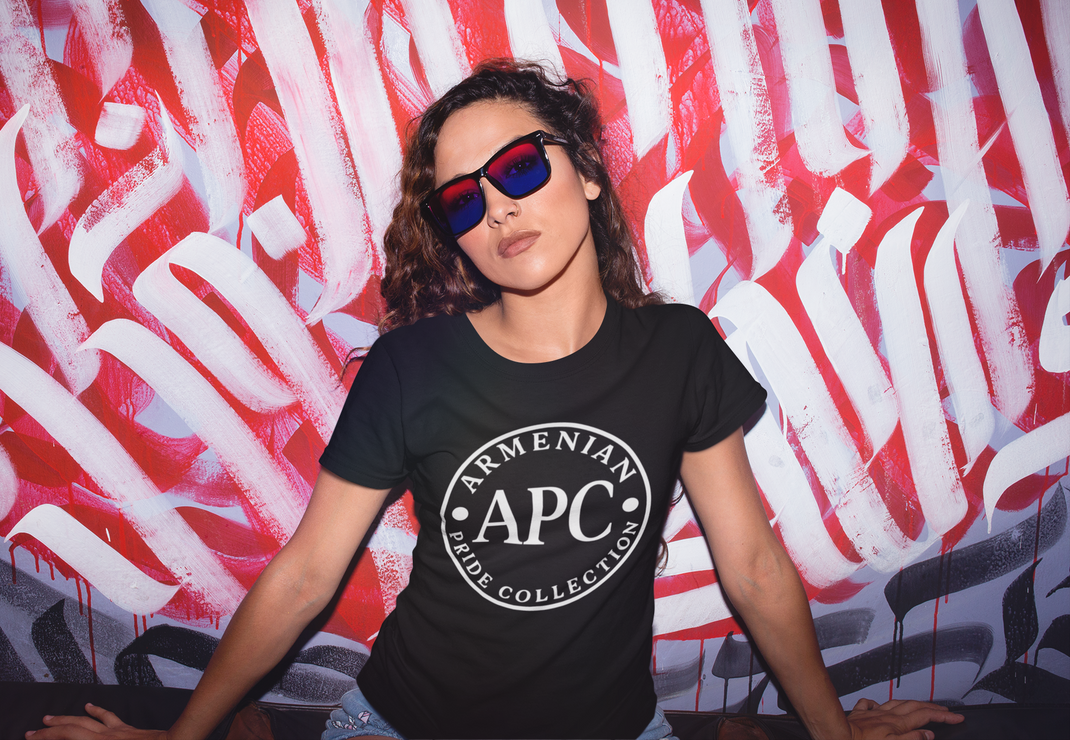Armenian traditional clothing serves as a powerful symbol of national history, carrying centuries of record within their intricate styles and designs. From old occasions to the present day time, these garments have preserved the quality of Armenian culture identification despite political upheavals and geographical displacement.

The evolution of Armenian gown tells a engaging history of resilience and adaptation. Conventional costumes diverse somewhat across different regions, with each region creating unique types that reflected local traditions and available materials. Hill communities favored warmer, more realistic outfits, while those in valleys and urban centers embraced more detailed ornamental elements.
Regional Modifications and Social Significance
Armenian apparel traditions change markedly between Western and Western Armenian communities. Western Armenian costumes, especially those from traditional Anatolia, included wealthy embroidery and vivid colors that shown the wearer's cultural status. Western Armenian outfits, inspired by Persian and Russian ethnic transactions, incorporated various textile techniques and shade palettes.
Women's old-fashioned dress, known as "taraz," an average of involved extended robes with streaming sleeves, ornate headdresses, and step by step embroidery work. These garments usually featured symbolic motifs addressing fertility, defense, and religious beliefs. The attire, or "gogantak," served equally useful and decorative purposes, with patterns that might identify a woman's marital position and regional origin.
Men's standard dress contains fitted coats, loose trousers, and exclusive lids or hats. The "chokha," an extended coat with capsule members over the chest, reflected the martial traditions of Armenian highland culture. These garments stressed both functionality and ceremonial importance.
Preservation Through Diaspora Neighborhoods
Following Armenian Genocide of 1915 and subsequent diaspora, conventional clothing turned much more substantial as a means of keeping social identity. Towns world wide started coordinating ethnic festivals and dance groups particularly to keep these traditions for potential generations.
Contemporary Armenian-Americans, Canadians, and Europeans often wear standard costumes all through social celebrations, marriages, and spiritual ceremonies. This practice helps young decades connect making use of their ancestral history while residing in multicultural societies.
Contemporary Revival and Adaptation
Recent years have seen an amazing revival of fascination with old-fashioned Armenian clothing. Fashion manufacturers are adding conventional components in to contemporary models, creating modern interpretations that honor old aesthetics while conference recent life style needs.
Social networking platforms have accelerated that rebirth, with small Armenians discussing images of standard dress and teaching the others about the social significance of varied garments. That digital preservation guarantees that information about standard apparel continues to spread globally.
National Personality in Modern Instances
Armenian conventional clothing remains an essential link between previous and present, linking diaspora neighborhoods with their ancestral homeland. Whether worn throughout national festivities or exhibited in museums, these outfits continue to tell the history of Armenian resilience and social pride.
Through careful storage and clever version, Armenian clothing traditions will undoubtedly keep on highlighting national identification for years in the future, helping as tangible pointers of a wealthy social history that transcends geographical boundaries.
